Here are the essentials for keeping your vines healthy !
Caring for your vines is a year-round job, even in winter! While everyone knows about the excitement of the harvest in September and October, many wonder: what happens afterward in the vineyard? Once the grapes are harvested, does everything stop until spring? The answer is no: winter is a crucial period for preparing the next harvest.
At Vignobles Capdemourlin, experts in the field since 1647, winter vine care is a priority to ensure the quality of future vintages. Led by the Capdemourlin family, the estate includes three magnificent properties located in the prestigious vineyards of Saint-Émilion :
Château Balestard La Tonnelle, Grand Cru Classé de Saint-Émilion
Château Roudier, , Montagne Saint-Émilion
Château Cap de MourlinGrand Cru Classé de Saint-Émilion
So, where to begin ? Winter, though seemingly calm, is a crucial period for the vineyard. This is the season when the foundations for the next harvest are laid. Each task, from pruning to soil maintenance, helps keep the vines healthy, ensures good grape development, and optimizes the quality of the future vintage. Here is a detailed overview of the main winter tasks in the vineyard.
1 - Pruning : the art of starting over
After the harvest, the vines are tired; they have spent months producing beautiful fruit, and it is time for them to relax and be pampered. Introducing: pruning! This is one of the most important and precise operations in the vine's cycle.
When ? Pruning usually begins in December and can extend until March, depending on the region and climate conditions.
Why ? It promotes optimal sap distribution, helping the vine produce quality grapes. Pruning removes unnecessary wood and retains only the most vigorous canes, which will produce the next year's grapes.
How ? There are many pruning methods, but Vignobles Capdemourlin opts for single Guyot pruning each year. The principle is simple: on one side of the vine, choose a main branch, as long as an arm, to grow and bear the grape clusters. On the other side, keep a small piece of branch, like a small "stump," for the following year. Cut away the rest to keep the vine in shape and prevent it from wasting energy.
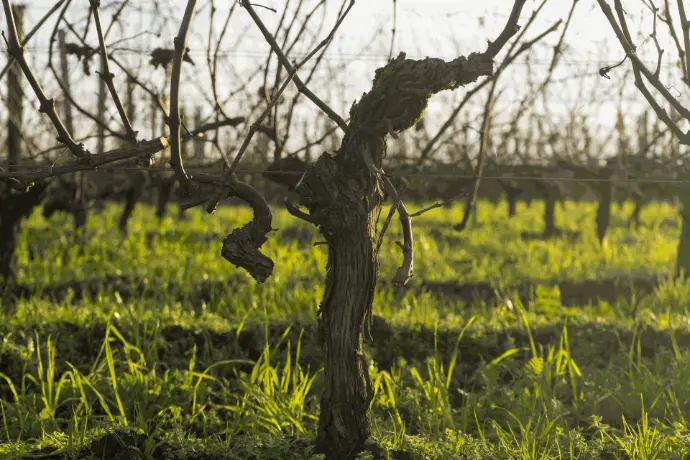
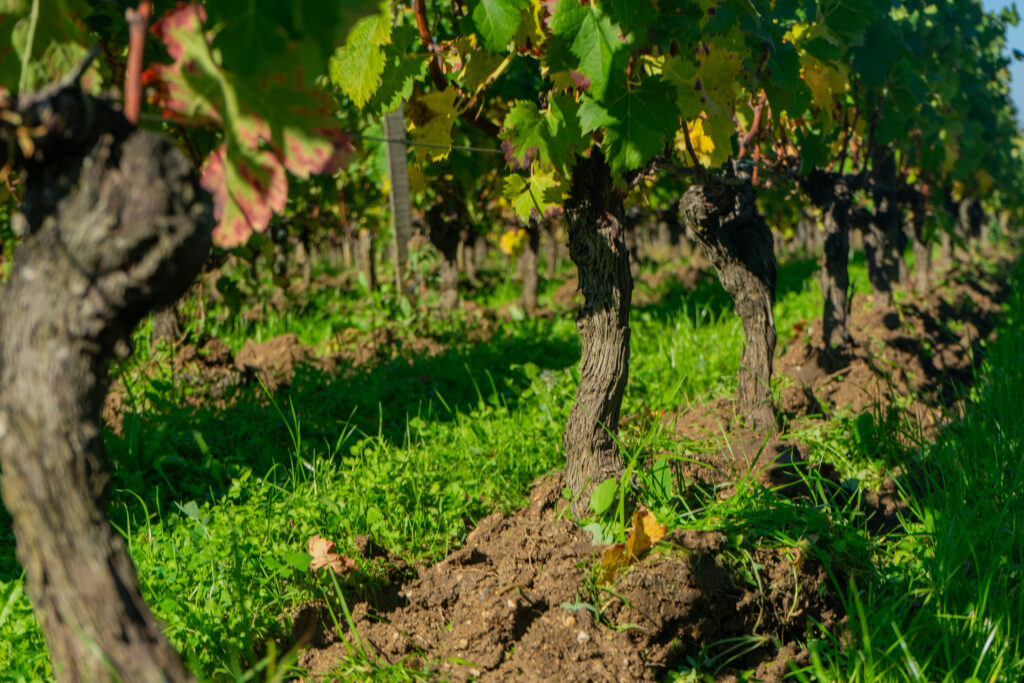
2 - Soil maintenance
The soil must be well-prepared in winter to ensure good root development and optimal nutrition for the vines. Here, three points will be addressed. These tasks are generally performed after the first frosts and until early spring, just before the vine resumes activity.
Plowing :
Objective : Aerate the soil, naturally limit weeds, and improve water infiltration. This work also supports soil structure and stimulates essential microbial life for the vine.
Nutrient Application :
Objective : Enrich the soil with nutrients (organic fertilizers, compost) to improve its fertility. Winter applications decompose slowly and are available to the vine in spring.
Cover Crops :
Objective : Sow plants between the vine rows, such as legumes or grasses, which protect the soil from erosion, promote biodiversity, and provide nitrogen.
3 - Trellising and Equipment Maintenance
Trellis structures (wires) that support the canes play a fundamental role in vine development.
Objective : Check and repair trellis wires and stakes to ensure they are strong and ready to support the weight of future grape clusters.
When ? Generally after pruning and before bud break (the vine's awakening in spring). This period avoids damaging the growing canes.
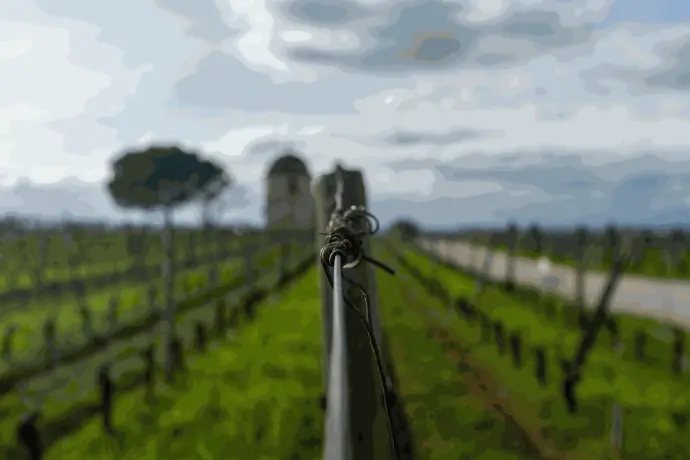
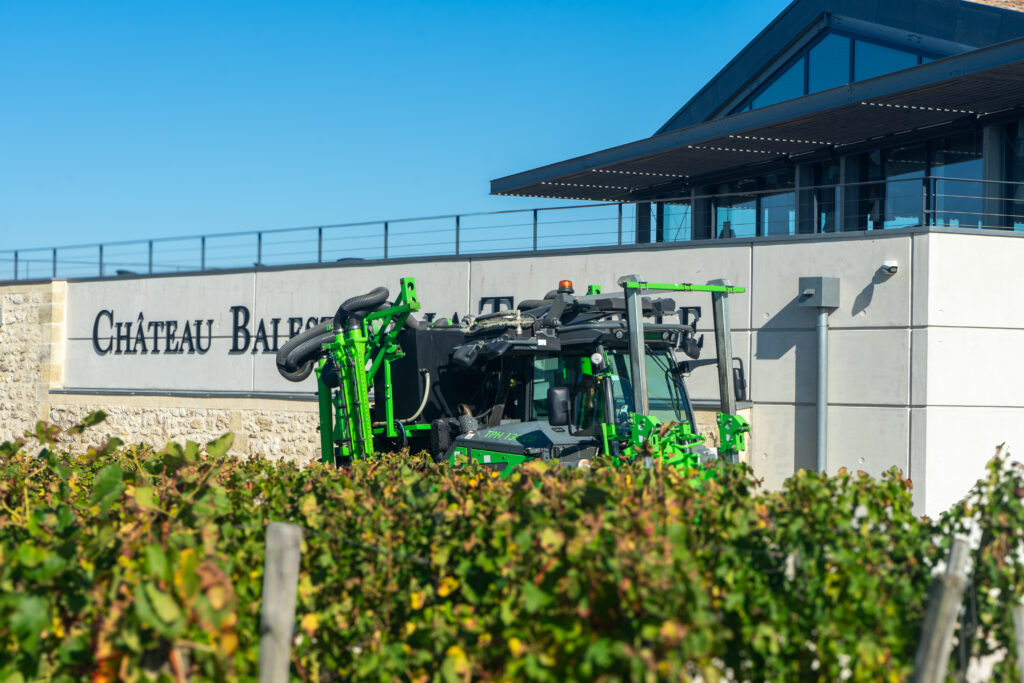
4 - Treatments (Organic!)
Protecting the vine from diseases before sap rise is crucial.
Objective : Limit diseases and pests in winter with preventive treatments based on copper or sulfur to avoid infections like downy mildew, powdery mildew, or other pathogens.
When ? After pruning and before bud break, these treatments ensure the vine grows in a healthy environment.
5 - Ditch Maintenance
Proper water management is essential, especially during winter rains.
Objective : Maintain ditches and drainage systems to prevent water stagnation, which can asphyxiate roots or harm soil structure.
When ? Throughout the winter, depending on weather conditions and the specific needs of each plot
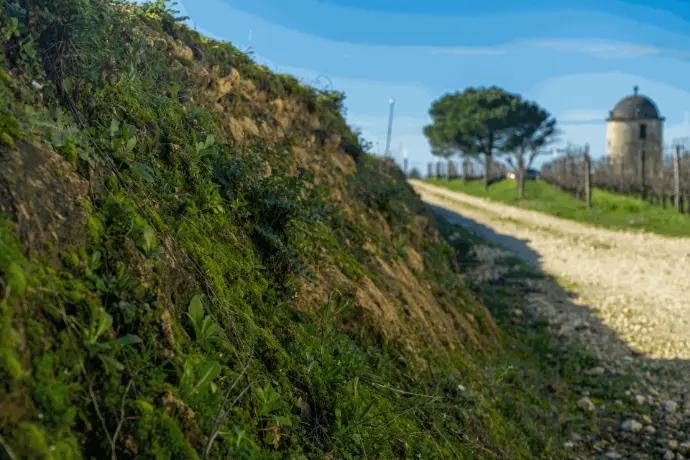

6 - Winter bud rubbing
Some regrowth, or "suckers," may appear on unpruned vines in autumn.
Objective : Remove these superfluous shoots to prevent them from consuming sap and other resources in spring, allowing the vine to focus its strength on the fruit-bearing canes.
7 - Vine Replanting
When replanting vines is considered, winter is the ideal season to prepare the soil.
Objective : Prepare the soil for new plantings by decompacting, leveling, and making necessary corrections, such as ensuring good drainage.
When? Throughout the winter, depending on the planned planting schedule.
